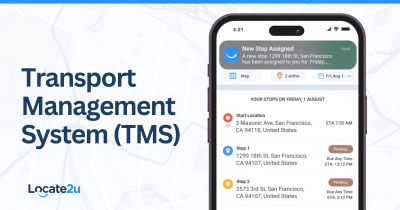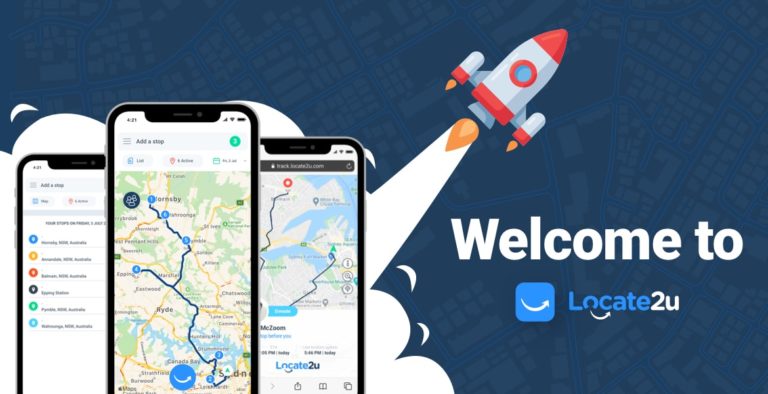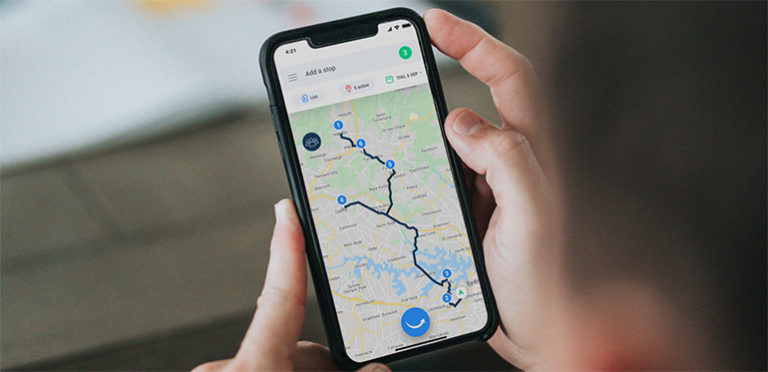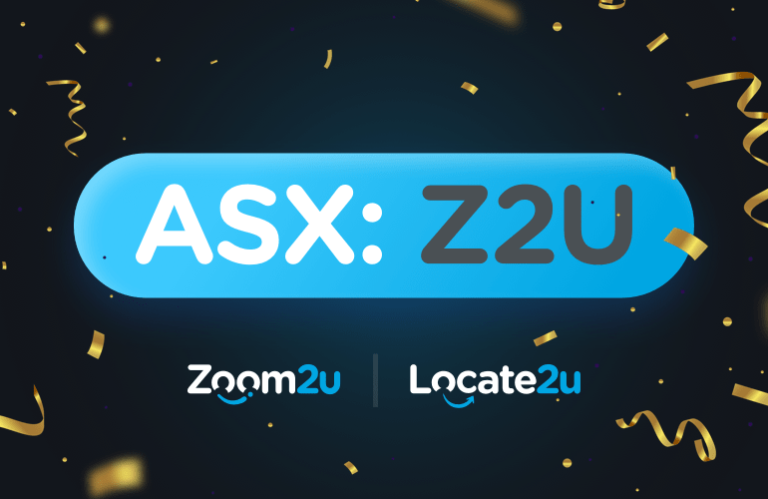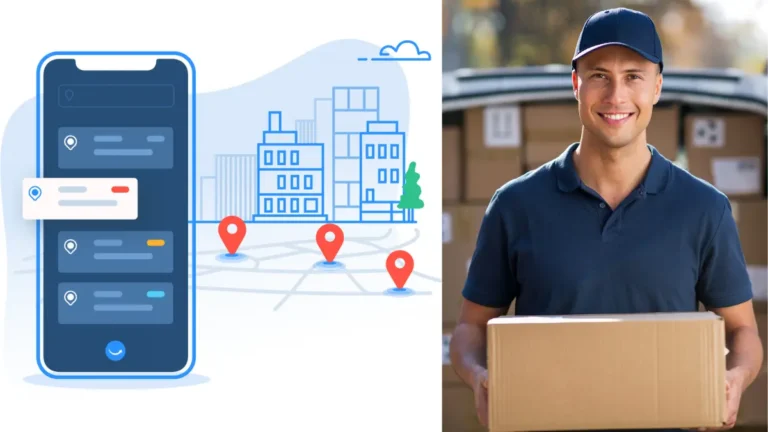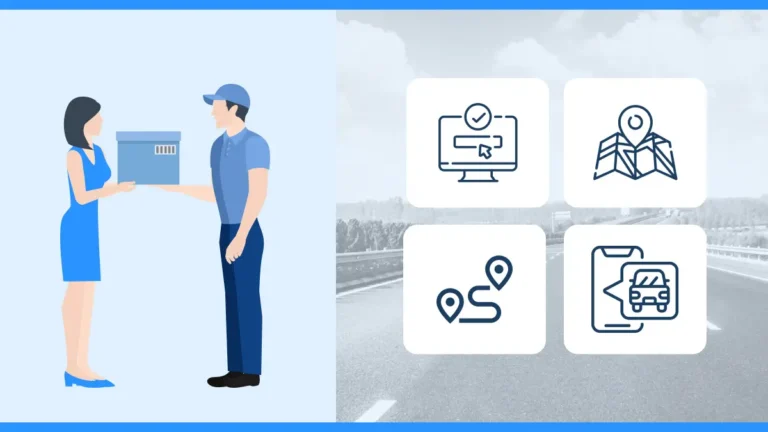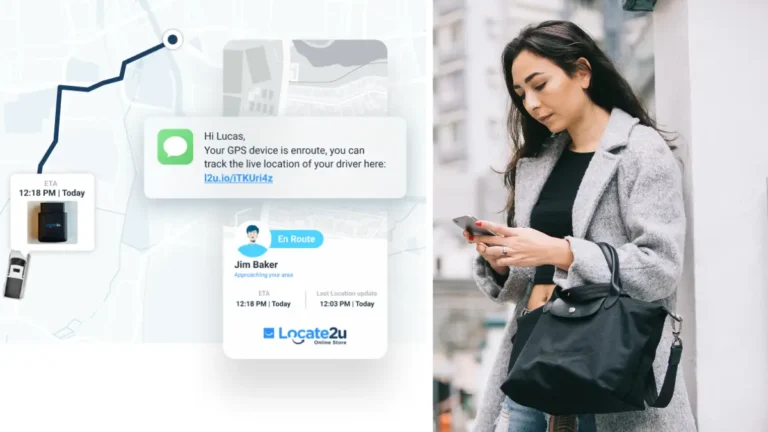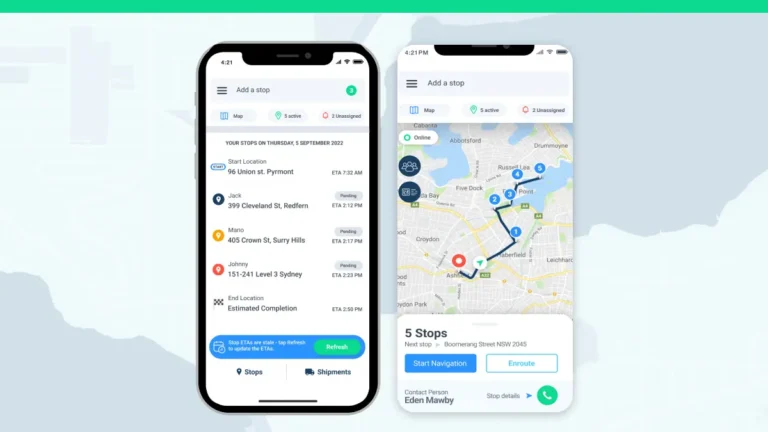Logistics managers will tell you that picking the right transport management system (TMS) takes a bit more than just going through a checklist and ticking off boxes. They are not wrong.
You’d want to find that one software system that actually makes your job easier.
Choose the wrong one, and you’re stuck with clunky software that drains time and money.
But choose the right one, and boom! Suddenly, everything falls into place. The system runs smoother, and you have less hassles to deal with.
So, the million-dollar question: How do you actually make the right choice?
In this guide, we’ll tackle it all: what to look for, mistakes to avoid, and how to make sure your TMS is a perfect fit for your business.
But first, if you need a quick refresher on what a transport management system is, we’ve got you.
What is a Transport Management System (TMS)?
The short answer? A TMS is software that plans, executes, and optimizes your deliveries.
This type of software is used by companies that generally manage logistics, shipping, or freight.
Essentially, anything where you have to move goods efficiently from point A to point B.
At its core, a transport management system can:
- Plan delivery routes based on real-time conditions.
- Track shipments and provide live updates.
- Automate dispatching and driver assignments.
- Integrate with existing logistics tools like ERP or CRM systems.
For businesses moving goods (whether retail, e-commerce, or manufacturing), having the right TMS can mean the difference between efficiency and literal chaos.
Why you need the right TMS for your business
Not all transport management systems are built the same…
Picking the wrong one can slow down operations, frustrate your drivers to no end, and perhaps even hurt your profits. And no one wants that.
But when you get the right fit, you unlock serious advantages, such as:
- Saving money: Companies using the right digital products can cut transport costs by up to 20%, according to McKinsey & Company.
- Increasing delivery speed: By using real-time tracking and automation, you can keep all your deliveries on schedule.
- Reducing manual work: Drowning in spreadsheets? No more. With a TMS, you can automate dispatching, load planning, and invoicing.
- Enhancing customer satisfaction: Accurate ETAs and live tracking build trust with customers.
It’s about future-proofing your business against rising fuel costs, labor shortages, and ever-growing customer expectations.
What to look for in a transport management system
Can we tell you a secret? Not all software features are must-haves. It depends on your specific needs.
But at the same time, some features really are non-negotiable.
Feature 1: Route optimization
A good TMS should find the most efficient routes in real time. This cuts fuel costs, saves time, and ensures drivers take the best path.
With Locate2u’s route optimization solution, for example, businesses can give their delivery operations a much-needed boost by automatically (and within seconds) building the most efficient routes.
Feature 2: Real-time GPS tracking
You should always know where your shipments are!
Live tracking allows businesses to monitor deliveries, reroute if needed, and provide customers with accurate ETAs.
Simply put, if you are delivering to your customers and they don’t know when you’re arriving, you’re wasting your time and theirs.
Feature 3: Automated dispatch
Manually assigning deliveries? Sorry, but that’s a thing of the past.
A strong TMS should automate dispatching, assign loads efficiently, and ensure no vehicle is underutilized.
To use Locate2u’s dispatch and delivery planning system as an example again: A good TMS should let you plan and dispatch the fastest journey for your fleet, in minutes.
Feature 4: Custom reporting and analytics
A solid TMS should also offer detailed reports on everything from delivery times and fuel usage to driver performance.
The goal? Helping you make data-driven decisions, of course.
Feature 5: User-friendliness
Not so much a feature as a state, but still, ask yourself: Is the software actually easy to use?
Remember: complicated software will only end up wasting your time and causing needless frustration for your employees.
A decent transport management system, on the other hand, should be easy to use – even for teams that aren’t tech-savvy.
How to match a TMS to your business needs
Before choosing a TMS, ask yourself these questions:
Question 1: What problems am I trying to solve?
- Do you want to reduce delayed deliveries?
- Or perhaps high transport costs are tripping you up?
Question 2: How big is my fleet?
- Do you want something to manage only a handful of vehicles?
- Or perhaps you manage hundreds of vehicles on a nationwide scale?
A small fleet has much different needs than a nationwide operation.
Question 3: Does it integrate with my current software?
Do you currently use a:
- Enterprise Resource Planning (ERP)?
- Warehouse Management System (WMS)?
- Customer Relationship Management (CRM)?
You’ll need to make sure the TMS you choose works with your existing software.
Question 4: What’s my budget?
Ask yourself:
- What upfront costs do I need to consider?
- What is my long-term ROI?
Question 5: Is it easy to train employees?
This could include:
- What type of training would my employees need?
- Is the level of training suitable for everyone, or would additional training be needed for some employees?
Remember: A user-friendly interface is key!
By identifying your specific needs first, you can filter out TMS options that won’t work for you.
What to avoid when choosing a TMS
Many businesses rush head-first into picking a TMS. Don’t make these mistakes!
Mistake 1: You ignore scalability
Your fleet may be small and easy to manage now. But will that still be the case in two years? What about ten years?
Focus on this instead: Choose a TMS that grows as your business grows.
Mistake 2: You choose a low price over function
Going for the cheapest option could just mean limited features and additional costs later down the line.
Focus on this instead: Look for the value that a specific TMS will give your business; don’t just focus on the price tag.
Mistake 3: You skip the free trial (or the demo)
This is a big mistake: Don’t skip the free trial. A demo can show you if it’s actually user-friendly.
Focus on this instead: Always test a TMS before committing.
Mistake 4: You don’t check integration details
Your TMS should work with the software you already use (ERP, CRM, WMS, etc). Otherwise, you’ll create more headaches than solutions.
Focus on this instead: Check with the TMS provider which integrations they support.
Mistake 5: You don’t check if there’s customer support
A good TMS provider will offer customer support. If they don’t, it’s a major red flag.
Think about it: the last thing you want when facing a problem is to be left hanging with no answers and no assistance.
Focus on this instead: Check with the TMS provider if they provide support.
Final thoughts when it comes to TMS
Picking a TMS requires some planning and forethought. It’s all about choosing a solution that actually works for your business and scales as you grow.
Testing before buying is crucial because a demo will show if the software you’re considering truly meets your operational needs.
Looking at ROI is equally important: the system you choose should save more than it costs.
And finally, think ahead! Your company won’t stay the same forever, and neither should your TMS.
Choose a system that evolves with your needs, ensuring that you’re always ready for the challenges of tomorrow.
About the author
Cheryl has contributed to various international publications, with a fervor for data and technology. She explores the intersection of emerging tech trends with logistics, focusing on how digital innovations are reshaping industries on a global scale. When she's not dissecting the latest developments in AI-driven innovation and digital solutions, Cheryl can be found gaming, kickboxing, or navigating the novel niches of consumer gadgetry.


